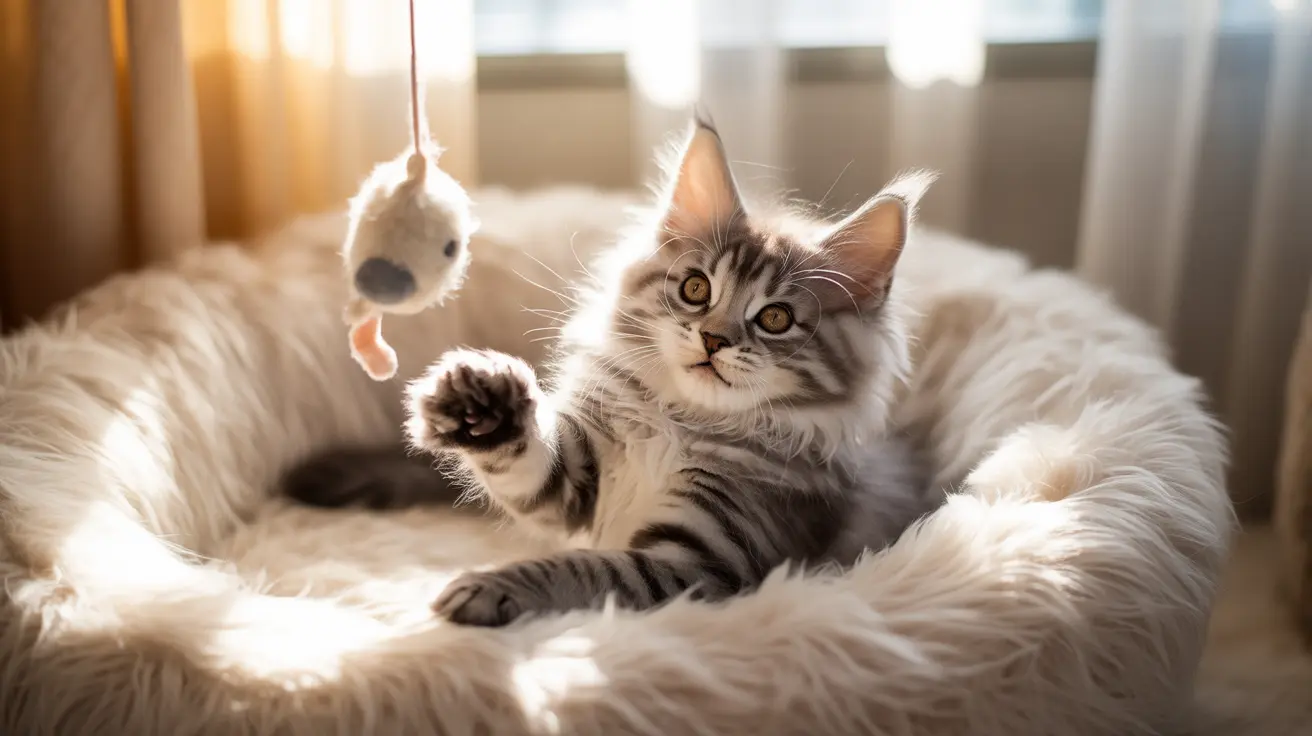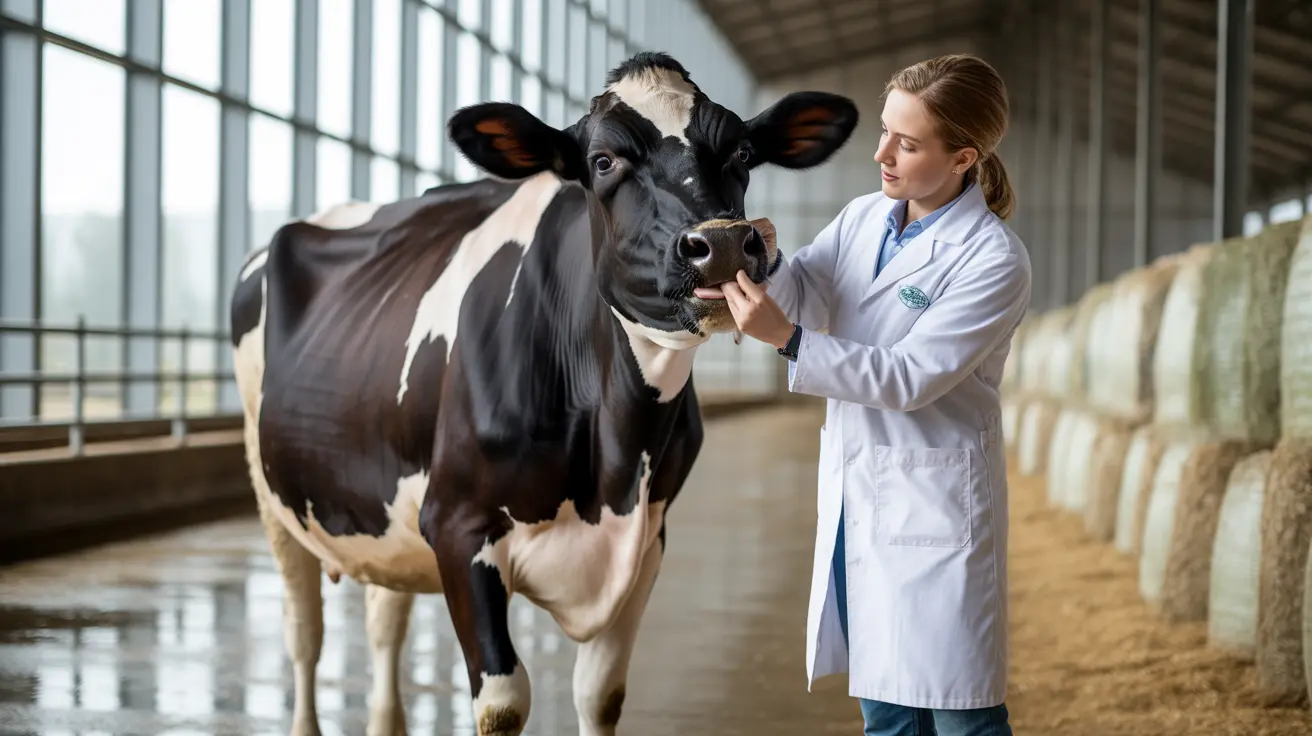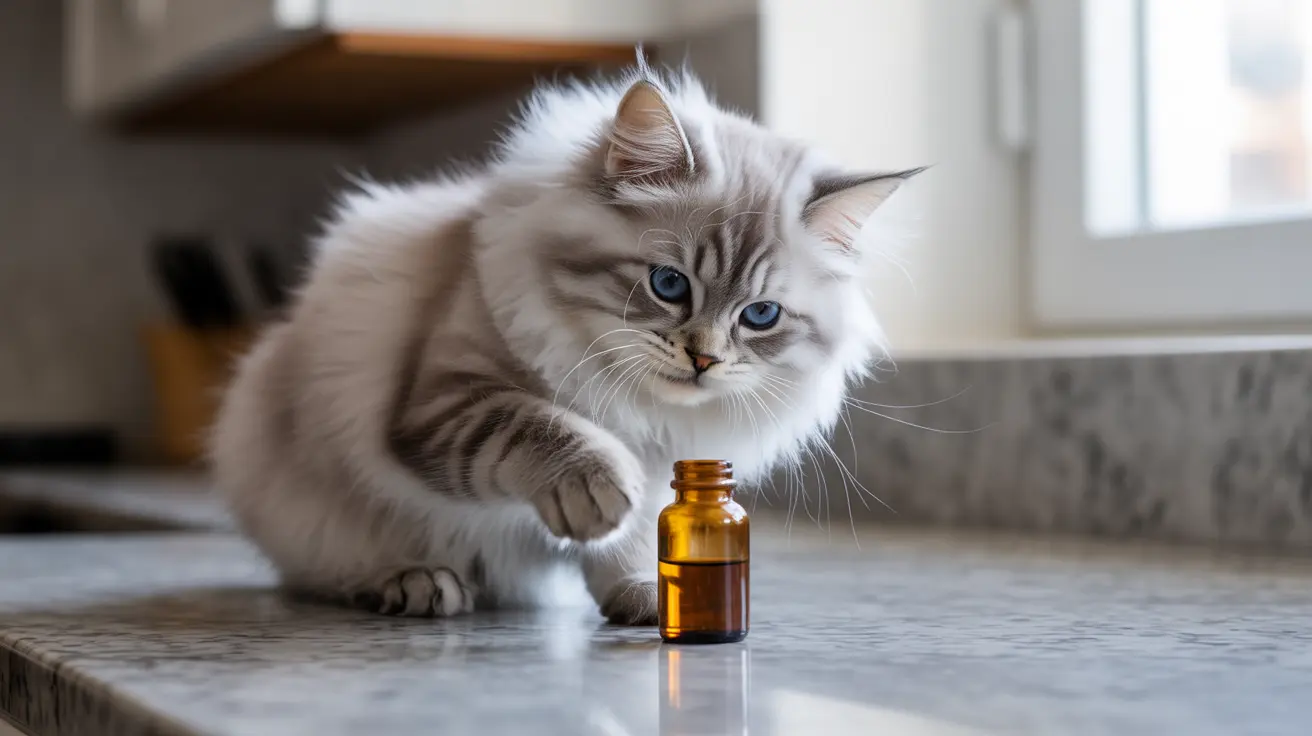Essential Supplies for Bringing a Kitten Home: Your Complete Preparation Guide
Bringing home a new kitten is one of life's most exciting experiences, but proper preparation is crucial for ensuring your furry friend's comfort and well-being. Having the right essential supplies for bringing a kitten home can make the difference between a smooth transition and a stressful experience for both you and your new companion. From basic necessities like food and litter boxes to safety considerations and veterinary care, thorough preparation sets the foundation for a long and happy relationship with your kitten.
This comprehensive guide will walk you through everything you need to know about preparing your home for a new kitten. Whether you're a first-time cat owner or adding to your feline family, understanding what supplies are truly essential and how to create a safe, welcoming environment will help ensure your kitten's successful transition to their new home.
With some organization and a proper checklist, you can confidently welcome your new kitten knowing you've provided everything they need to thrive. From nutrition basics to safety preparations, we'll cover all the essential supplies and preparations that will help your kitten feel secure and loved from day one.
Food and Feeding Essentials
Proper nutrition forms the foundation of your kitten's health and development. Kittens under 6 months need a veterinarian-recommended commercial diet formulated specifically for growing kittens, as their nutritional requirements differ significantly from adult cats. The high-quality kitten food should provide the essential nutrients needed for rapid growth, brain development, and immune system support.
Feeding a mix of wet and dry food can prevent picky eating habits while ensuring your kitten receives adequate hydration and variety in texture. Plan to feed four to five small meals daily, measuring the amount carefully to prevent overfeeding, which can lead to digestive issues and unhealthy weight gain.
Choosing the Right Food and Water Bowls
Select easy-to-clean, non-tip bowls with wide bases for stability. Stainless steel bowls are often recommended for their durability and ease of cleaning. Position food and water bowls in separate, quiet areas of your home to create a peaceful feeding environment. Many cats prefer running water, so consider adding a pet water fountain alongside a bowl of standing water to encourage proper hydration.
Litter Box Setup and Maintenance
A proper litter box setup is crucial for your kitten's comfort and hygiene. Kittens typically prefer open-topped boxes that are appropriately sized for easy access. The general rule is to provide one litter box per cat plus an extra, so even if you're bringing home just one kitten, consider having two boxes available.
Place litter boxes in low-traffic, private areas where your kitten can feel secure while using them. Daily cleaning and monthly washing of the box are essential to keep it inviting and maintain proper hygiene standards.
Selecting Appropriate Cat Litter
Young kittens should start with non-clumping litter to avoid ingestion hazards that could cause intestinal blockages. As they grow older and develop better bathroom habits, clumping litter can be introduced for easier cleaning. Choose unscented litter, especially for cats with respiratory sensitivities, and consider litter containing natural attractants to help kittens learn to use the box effectively.
Scratching Surfaces and Exercise Equipment
Providing multiple types of scratching surfaces is essential for supporting your kitten's natural behaviors and reducing stress. Invest in a combination of vertical scratchers that are tall enough for full stretching, as well as horizontal options like cardboard scratchers. Cats prefer sturdy scratching posts that won't wobble or tip during use.
Consider purchasing a larger, more robust scratching post from the start rather than upgrading later. Cat trees serve dual purposes by providing scratching surfaces and elevated resting spots, giving your kitten opportunities for both exercise and observation of their environment.
Safe Transportation with Cat Carriers
A properly sized, enclosed carrier is essential for safe transport to and from veterinary visits and any future travel needs. Hard-sided plastic carriers that open from both the side and top are often recommended for their ease of use and cleanliness. The carrier should be large enough for your kitten to stand, turn around, and lie down comfortably.
Start building positive associations with the carrier early by leaving it open in your home with comfortable bedding inside, allowing your kitten to explore and rest in it voluntarily.
Toys for Mental and Physical Engagement
Toys are crucial for your kitten's mental and physical development. Include a variety of options such as catnip toys, mouse toys, and teaser wands for interactive play sessions. However, always supervise play with teaser wands and similar toys, using them only for interactive play rather than leaving them accessible unsupervised.
Prioritize safety when selecting toys by avoiding items that can be torn apart or ingested, such as yarn, thread, rubber bands, and string. Choose toys that are appropriately sized for your kitten and made from safe, durable materials that can withstand enthusiastic play sessions.
Creating a Safe Sleep Environment
Provide your kitten with cozy bedding or cat beds that are washable and appropriately sized. Consider elevated sleeping options or beds located near warm spots like heaters, as kittens often seek out comfortable, secure resting areas. Having multiple sleeping options throughout your home gives your kitten choices and helps them establish their preferred resting spots.
Grooming and Health Care Supplies
Invest in basic grooming tools including flea combs and nail trimmers appropriate for kitten-sized claws. Regular grooming from an early age helps your kitten become comfortable with handling and maintains their coat health. Choose grooming tools that match your kitten's fur type and introduce grooming sessions gradually to build positive associations.
A collar with a breakaway safety snap and identification tag is important for safety, even for indoor cats. Ensure the collar fits properly with enough room to slip two fingers underneath comfortably.
Kitten-Proofing Your Home
Before your kitten arrives, conduct a thorough safety assessment of your home. Close windows completely to prevent escapes and injuries, and secure window blind cords out of reach. Remove or secure items that could fall or injure a climbing kitten, including decorative objects, electronics, and breakable items.
Address electrical hazards by removing or securing electrical cords to prevent chewing, which can cause serious injuries. Place plants and bouquets out of reach, as many common houseplants are toxic to cats. Store food and medications securely in cat-proof containers or cabinets where curious paws can't access them.
Establishing Veterinary Care
Schedule a veterinary visit early to establish proper care for your kitten. Bring any available medical records from the shelter, breeder, or previous caretaker. Your veterinarian will recommend necessary vaccinations, including FVRCP (feline distemper), rabies (where applicable), and feline leukemia virus vaccine based on your kitten's lifestyle and risk factors.
Microchipping is recommended for all cats, even indoor-only pets, as it provides permanent identification that can help reunite you if your kitten ever becomes lost. Your veterinarian will also test for feline leukemia, FIV, heartworms, and intestinal parasites, beginning appropriate parasite prevention with topical, oral, or collar options suitable for your kitten's age.
Gradual Introduction and Socialization
Plan for a gradual introduction to your home, other pets, and family members using patience and care during the socialization process. Create a safe, confined area initially for acclimatization where your kitten can adjust to new sights, sounds, and smells without feeling overwhelmed.
Help your kitten adjust by providing familiar scents, such as a towel from their previous home, along with hiding spots and climbing structures that offer security and enrichment. Maintain consistent cleanliness and routine feeding times to support a smooth transition and establish positive associations with their new environment.
Frequently Asked Questions
- Q: How much should I expect to spend on essential kitten supplies?
The initial cost for essential kitten supplies typically ranges from $200-400, including a carrier, litter box, scratching post, food and water bowls, initial food supply, toys, and basic grooming tools. Quality items may cost more upfront but often provide better value long-term.
- Q: Can I use regular cat food for my kitten?
No, kittens under 6 months need food specifically formulated for their rapid growth and development. Kitten food contains higher levels of protein, fat, and essential nutrients that adult cat food doesn't provide in adequate amounts for growing kittens.
- Q: How many litter boxes do I need for one kitten?
The recommended rule is one litter box per cat plus one extra, so two boxes for a single kitten. This ensures your kitten always has access to a clean box and helps prevent elimination problems.
- Q: When should I switch from non-clumping to clumping litter?
Young kittens should start with non-clumping litter to avoid ingestion hazards. You can typically transition to clumping litter once your kitten is around 3-4 months old and has developed proper litter box habits.
- Q: What plants are dangerous for kittens?
Many common houseplants are toxic to cats, including lilies, azaleas, tulips, daffodils, and poinsettias. Research all plants in your home and remove or relocate any that could be harmful if chewed or ingested by your curious kitten.
- Q: How do I help my kitten adjust to their new home?
Provide a quiet, confined space initially with all essential supplies. Include familiar scents from their previous home, maintain consistent routines for feeding and care, and allow gradual exploration of the house as they become more comfortable.
- Q: Should I get toys that contain catnip for my kitten?
While catnip toys are generally safe, very young kittens (under 3-6 months) typically don't respond to catnip yet. Focus on interactive toys, balls, and safe items that encourage natural hunting behaviors and physical activity.
Conclusion
Preparing essential supplies for bringing a kitten home requires thoughtful planning and attention to your new pet's specific needs. From nutritionally appropriate food and proper feeding equipment to safe toys and comfortable sleeping areas, each item plays a crucial role in your kitten's adjustment and well-being. Remember that investing in quality supplies from the beginning often proves more economical and beneficial than upgrading later as your kitten grows.
The key to successful kitten ownership lies in preparation, patience, and providing a safe, nurturing environment that supports natural behaviors while ensuring security and comfort. By following this comprehensive guide and establishing proper veterinary care early, you're setting the foundation for many happy years with your new feline companion. Take time to kitten-proof your home thoroughly, establish routines, and remember that gradual introduction and consistent care will help your kitten thrive in their new forever home.






